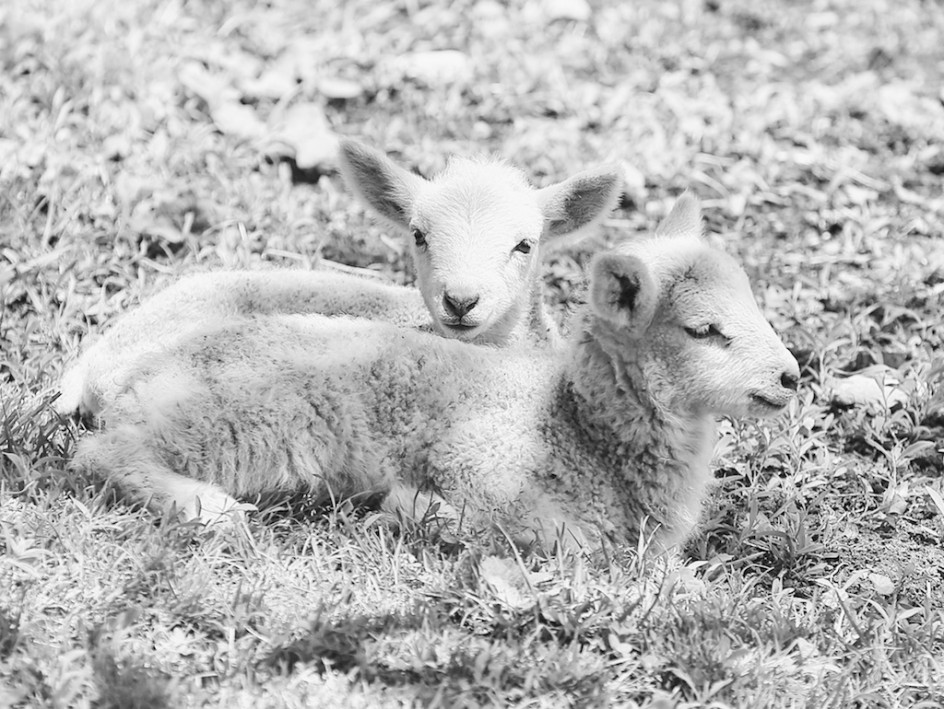
Plato taught his students that the goal of all learning and enlightenment and spirituality, of all writers and artists – our challenge as thinking beings – was to see the good. It was, he said, the great aspiration of the awakened being. I have struggled with this question for much of my life, torn between the different ways of looking at the world – anger, fear, hope, faith, resignation, acceptance – but only in recent years have I come to see the brilliance of Plato’s lesson.
In life, in love, in work, family, creativity, the animal world, the horse carriage story, politics, religion, science, there are those who see the bad and those who see the good. My photography and writing have become a search for the good, my task is to capture the color, light, emotion, and beauty of the world and try and make sense of it, for me, for others.
Animals are surrogates in the search. You can look at a dog and see the wonderful companion nature has offered human beings, or you can see a sad creature in need of rescue. You can mourn the cat who died years ago, or you can celebrate the one lying at your feet today. You can pine for what you have lost, or rejoice in what you have. You can look at a horse in Central Park and see a contented and fulfilled animal sharing work with human beings, or you can see a pathetic creature, cruelly treated and abuse, desperately in need of saving.
For me, one is the path to enlightenment, the other to anger, hate, disconnection and the shrinking of the mind and soul. Self-pity and self-righteousness, like nostalgia, are bottomless pits without reward.
Seeing the good does not mean being blind to the realities of the earth – the sadness, sorrow, loss, and pain. Quite the opposite, it is the darkness that makes the light so meaningful. One gives the other beauty and feeling. Seeing the good is, for me, the great aspiration of my life as a human being, the point and purpose of my thinking and work, the mark of excellence and thought.
